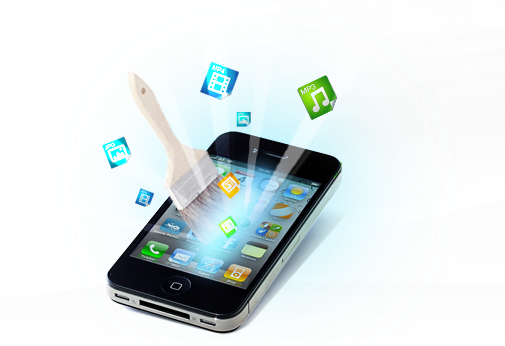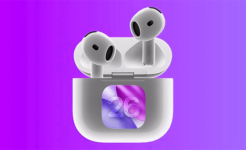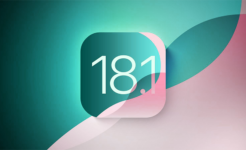
Why Your iPhone Is Getting Slower
iPhone Is Getting Slower: A lot of people think that Apple deliberately and maliciously makes your devices run slower over time. The idea is that buried deep in every iPhone or iPad is some code that’s waiting for the day to come when something flips a switch which sends a signal to your smartphone to activate the “slow motion” mode. Thus, people get frustrated with their old phone are forced to go out and buy a new one. This theory, although a bit far-fetched, is not entirely wrong.
iPhones and iPads are actually getting slower over time, but there is a more logical reason for it than a conspiracy theory. Apple iPhones and iPads are designed to finely balance battery power, usability, performance and price. They must be powerful enough to run apps well and yet deliver a good battery lifespan. At the same time, they must not end up costing a fortune. That task list is quite tricky to fill. Since Apple controls what operating system will be released, it can craft a situation where that device has a lifespan of around three years or so before becoming obsolete.
This planned lifespan is not a new idea; in fact, it is known as planned obsolescence. It can be related to any device, software, cars, even shoes and much more. iOS updates bring new features to existing devices, but the new features come with a performance overhead that the old operating system didn’t place on the hardware. The apps that the hardware runs are coded to do more. All of them have an impact of factors such as performance as well as battery life. Also, apps are subject to bugs that can have an adverse effect on the performance.
Every time you recharge the battery in your iPhone or iPad, you wear it out just a little more. The iPhone battery is designed to retain up to 80 percent of its original capacity, at 500 complete charge cycles. The iPad battery is designed to retain up to 80 percent of its original capacity at 1000 complete charge cycles (a complete charge cycle is taking the battery from flat to full). Thus, if you go through a recharge cycle daily, then in a little over a year, the iPhone will only be capable of holding 80 percent of its original power amount. After two years, it will be down to under 60 percent capacity. A worn out battery doesn’t make the device slower, but it does affect how long you can use your device before having to find the power cord. By the time this becomes a frustration, the owner will probably already be thinking of an upgrade anyway.
Simply put, your smartphone is getting slower because you’re using it. New iOS updates and new apps allow you to squeeze the last drops of performance juice out of your old hardware, but eventually you will want to upgrade to a faster device and Apple will be able to deliver!
See also:
- Apple Encyclopedia: all information about products, electronic devices, operating systems and apps from iGotOffer experts.
- iGotOffer.com: the best place to sell my used iPhone online. Top cash guaranteed. Free quote and free shipping. BBB A+ rated business.






Facebook
Twitter
RSS